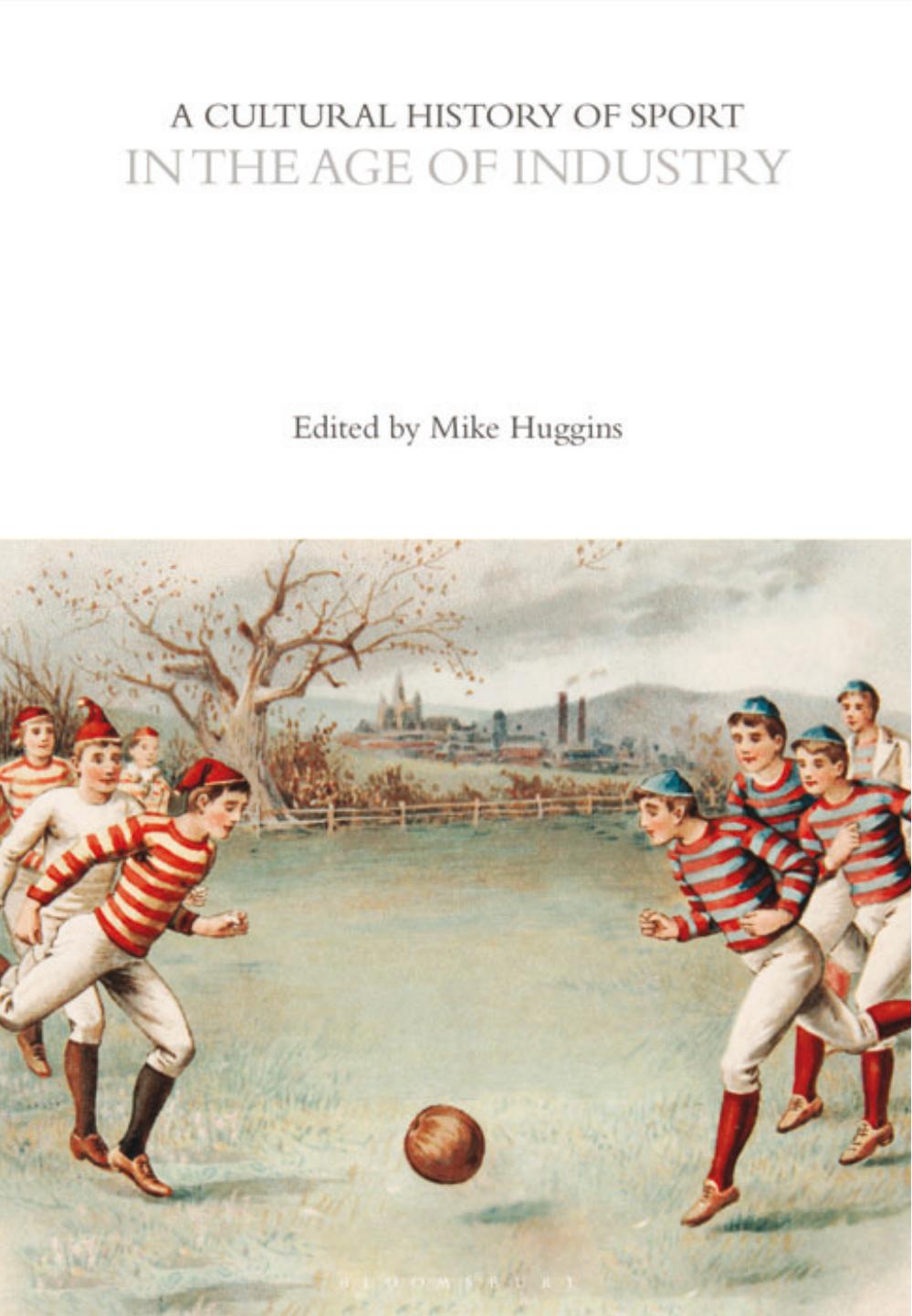A Cultural History of Sport in the Age of Industry by Mike Huggins

Author:Mike Huggins [Huggins, Mike]
Language: eng
Format: epub, pdf
ISBN: 9781350283084
Publisher: Bloomsbury Publishing
Published: 2021-10-07T00:00:00+00:00
Racializing North America
Migration and the meeting of new cultures shaped all parts of the nineteenth-century Anglo-American world. Britainâs Age of Industryâs nomadic cultures were created mainly by internal migration associated with urbanization and the factory system. North Americaâs nomads were both new immigrants and internal migrants. Class and ethnic cultures from Britain and elsewhere in Europe came into dialogue and conflict with already existing colonial French and Spanish institutions as well as Indigenous peoples and after the 1860s in the USA previously enslaved peoples. This produced a reconstitution of body and movement cultures, regional and local ethnic cultures and in the cities and large parts of the country capitalist social relations and cultural forces. In urban areas sporting time changed to fit with the shift to factory time, and prioritized the working and leisure week over the working and leisure year. There were efforts to constrain working-class leisure pursuits, a gentlemanly code of amateurism, a gendered distinction based in the demarcation of production and reproduction, and by the eraâs end a fully commercialized, financialized sporting culture, although there were significant differences in these changes to the game form, to sport services (and social function) and to sport products (Hardy 1997b).
North American sporting cultures during the long nineteenth century shared similarities with and exhibited differences from British sporting cultures. Some of these differences were contextual as ideals of nationhood in Canada and the United States took different shapes. Canadian Anglo-French biculturalism within a broadly British Imperial frame contrasted with US distinctiveness that asserted an independent nationhood. In Canadian sporting culture this meant practices derived from British or Indigenous body and movement cultures became re-inscribed as Canadian sport to become markers of a zeitgeist concurrently national and imperial (Poulter 2009). Conversely, south of the border, modern sport was increasingly seen as part of a nativist culture, that is as distinct to and emerging from the unique circumstances of the USA. For instance, the gradual regulation of boxing through the long nineteenth century points to both conflicts and accommodation where it marked, as Gorn (1997) notes, honor but was also illegal in many jurisdictions despite being widely enjoyed by many of societyâs upper echelons. Significantly, fistfighting retained its associations with masculinity despite the adoption of protective gear and the gradual adoption of common rules.
This association of sport with manliness in the expanding North Atlantic world took on distinct characteristics marking it apart from British ideals of manliness. Crucial factors here included the association of manliness, strength, vitality, and race confidence with the frontier, and the need to prove vigor and power in the face of Europeâs old empires. Britainâs colonial power may have been sloughed off, but in the United States there remained territorial confrontations with Britain, Spain and France, with Indigenous Peoples whom it was expected âsuperior manlinessâ would exterminate, and by the final third of the nineteenth century with recently enslaved peoples. The most physically demanding of sports in many settings, especially urban ones, became the testing and developing ground of this manliness, as seen in the case of (American) football.
Download
A Cultural History of Sport in the Age of Industry by Mike Huggins.pdf
This site does not store any files on its server. We only index and link to content provided by other sites. Please contact the content providers to delete copyright contents if any and email us, we'll remove relevant links or contents immediately.
The Inner Game of Tennis by W. Timothy Gallwey(3537)
Unstoppable by Maria Sharapova(3437)
Urban Outlaw by Magnus Walker(3305)
Crazy Is My Superpower by A.J. Mendez Brooks(3270)
Mind Fuck by Manna Francis(3064)
The Social Psychology of Inequality by Unknown(2900)
The Fight by Norman Mailer(2802)
Unstoppable: My Life So Far by Maria Sharapova(2420)
Accepted by Pat Patterson(2269)
Going Long by Editors of Runner's World(2254)
Futebol by Alex Bellos(2184)
The Happy Runner by David Roche(2168)
Backpacker the Complete Guide to Backpacking by Backpacker Magazine(2151)
Motorcycle Man by Kristen Ashley(2141)
The Sports Gene: Inside the Science of Extraordinary Athletic Performance by David Epstein(2089)
Sea Survival Handbook by Keith Colwell(2080)
Peak: Secrets from the New Science of Expertise by Anders Ericsson & Robert Pool(1957)
Endure by Alex Hutchinson(1902)
The Call of Everest by Conrad Anker(1838)
